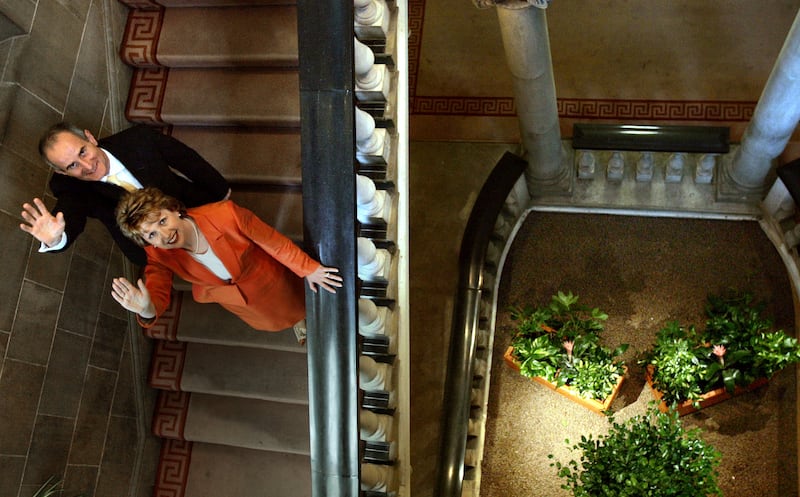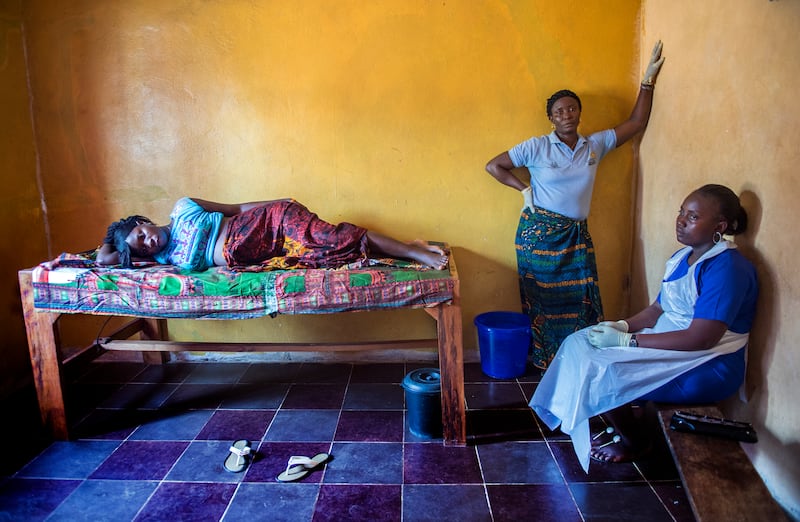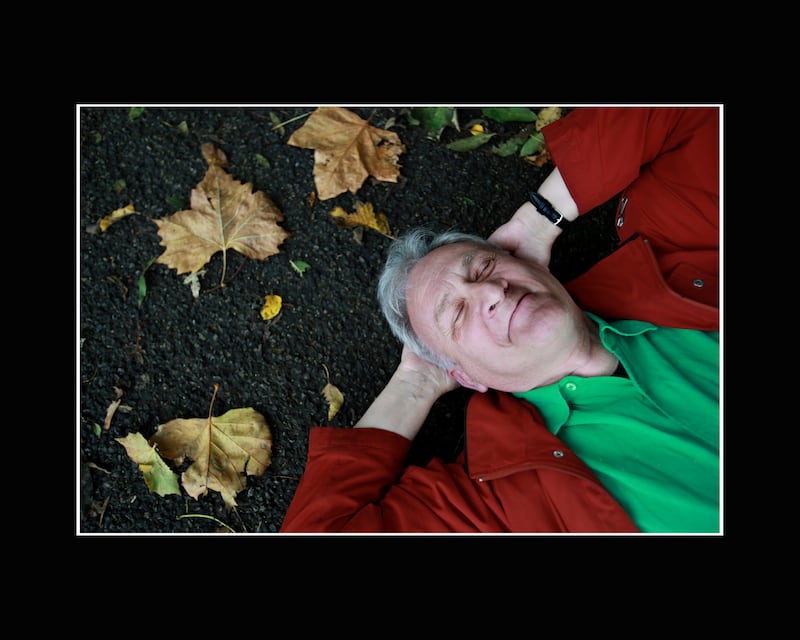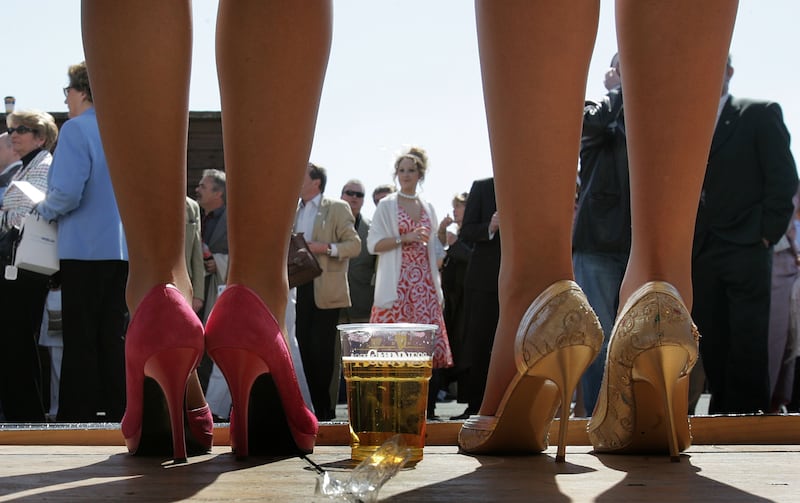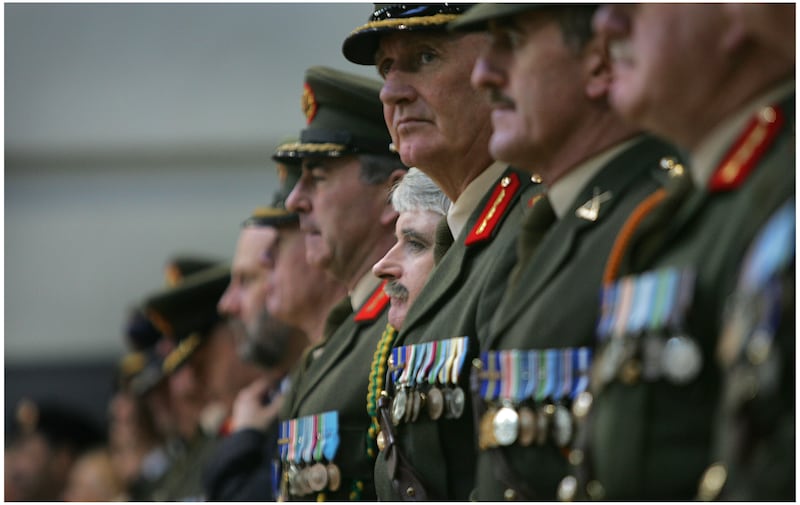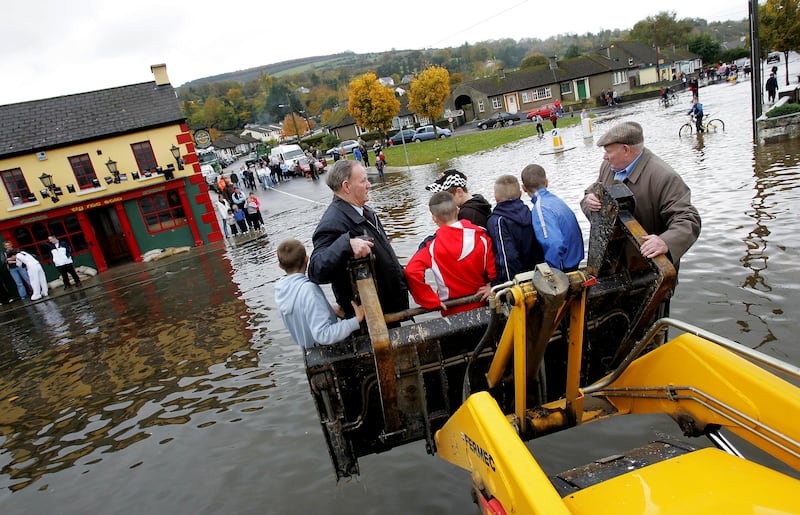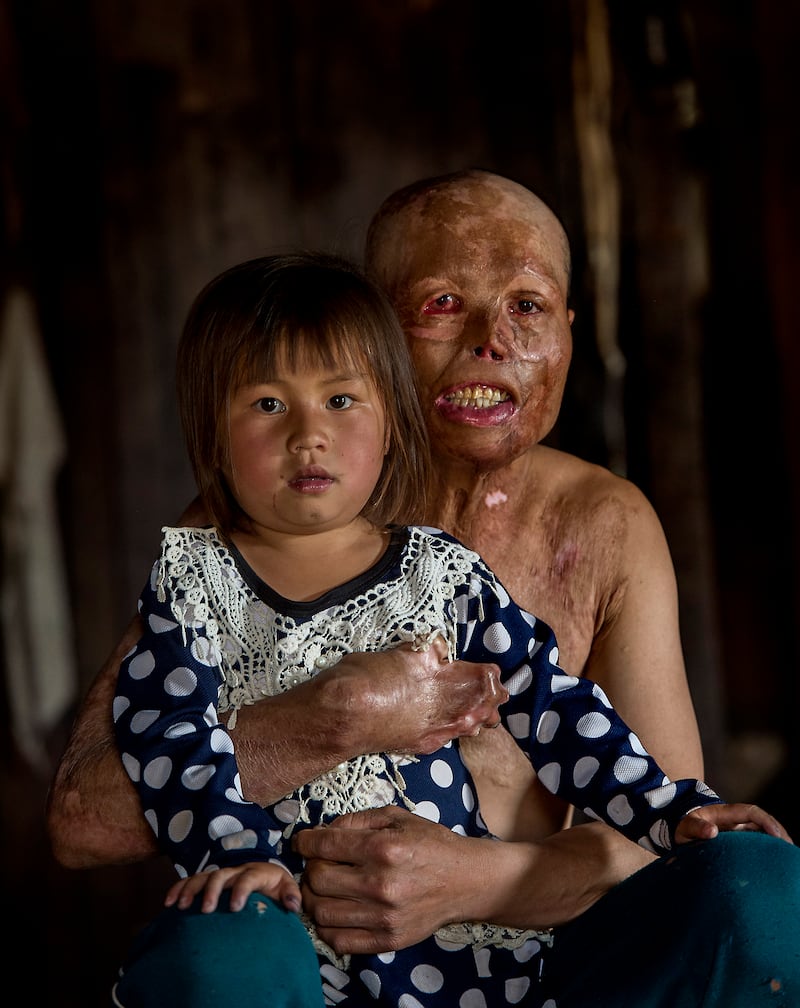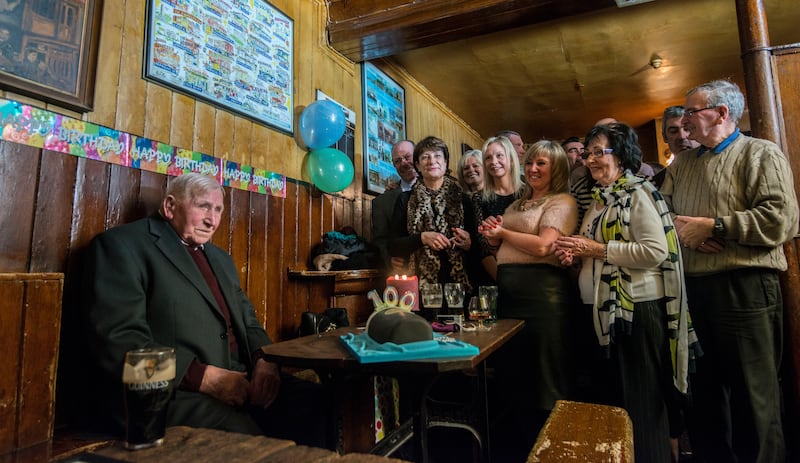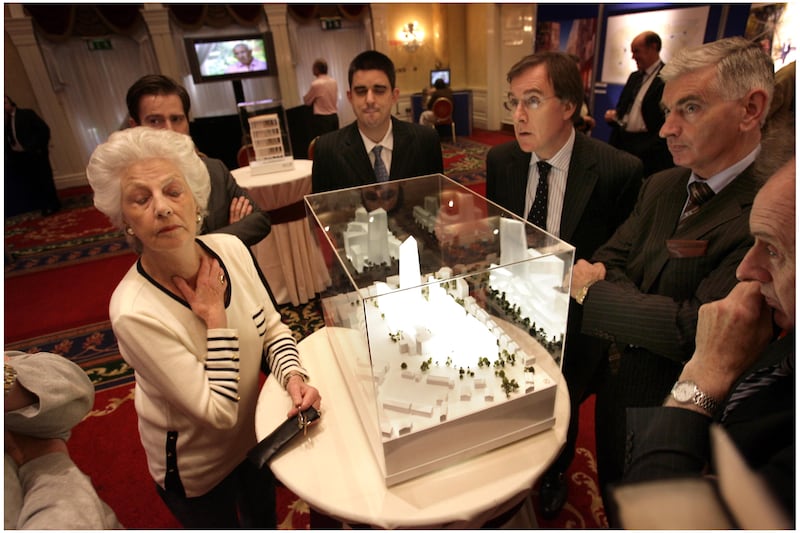It’s been a lucky and above all interesting career. My work with The Irish Times has taken me across the globe, covering conflicts and their aftermath, in countries that include Afghanistan, Haiti, Libya, South Sudan and Myanmar.
But it’s the home stories that can be more challenging than the international ones: constantly trying to magic the extraordinary from the ordinary. Strangers inviting you into their homes, divulging harrowing stories and trusting you to capture the truth of their emotions.
It’s hard for me to believe my 24 years with The Irish Times have come to an end. In all, I have worked for 42 years as a press photographer. I started my career in my home town with the Galway Advertiser under the generous guidance of my first editor, Ronnie O’Gorman, then it was to Dublin and a staff job with the Irish Press until its closure in 1995. I freelanced for the Star and The Irish Times for several years before getting a staff job here in March 2000.
A press photographer is rarely in the office, there are multiple assignments every day; from the scrum of a press call in Leinster House or the stillness of a portrait of a well-known artist, to photographing a person who is bravely telling their story so that society might change and the shenanigans of a race day.
10 of the best new shows to watch in April: including Netflix medical drama and two AppleTV+ releases
MobLand review: Pierce Brosnan’s Irish accent is a horror for the ages. Forget licence to kill, this is more Darby O’Gill
Steve Wall: ‘When Bono was offered the medal, I tweeted: Surely he won’t accept that. I didn’t know he already had’
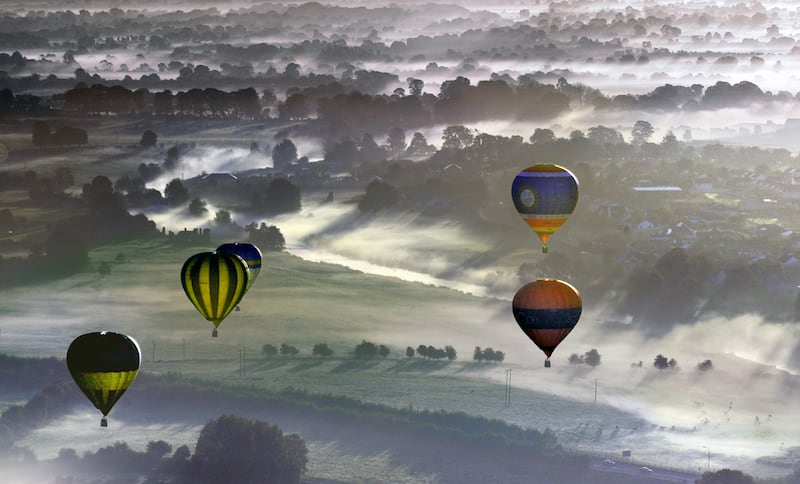
Moving to become Irish Times picture editor, I was able to bring the best of press photography to our pages daily. It’s hectic most days and has its stresses, but there are always moments to be enjoyed.
When I began, being out on the road for an assignment meant putting rolls of film on a train, collected by a courier, and brought to the darkroom for printing. Now I know our photographs have filed when I hear a ping from my laptop. And in this era of rapid technological change, significant challenges have emerged. When I started, a photo was often more trusted than words. AI has changed that. And a new generation of photo editors and media outlets must develop verification tools that stay one step ahead of dangerous visual disinformation.
I don’t miss the toxic chemical stench of the old darkroom days, but I miss the buzz and camaraderie in those tight spaces – witnessing breaking news pictures slowly appearing in the developer and hearing the images being vigorously discussed by seasoned, award-winning photographers; discussions that sometimes involved other important words of the craft – unprintable expletives.
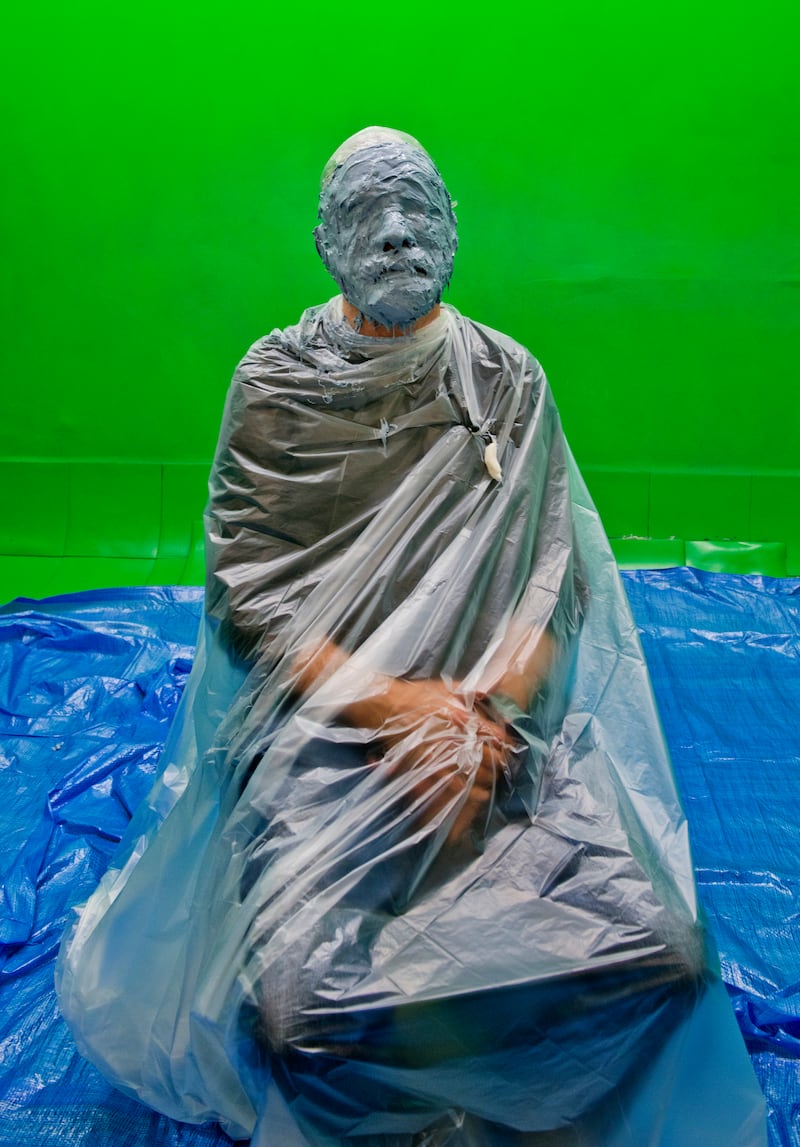
I am so glad to have experienced the smell of print-ink snaking its way through the old Irish Times building on Fleet Street, as the vibration of the printing press kicked in, and the presses started rolling, while the printers sang a cappella.
I will not forget any of these last wonderful 42 years working as a press photographer.
Today, I say goodbye to the newsroom but not its people.
